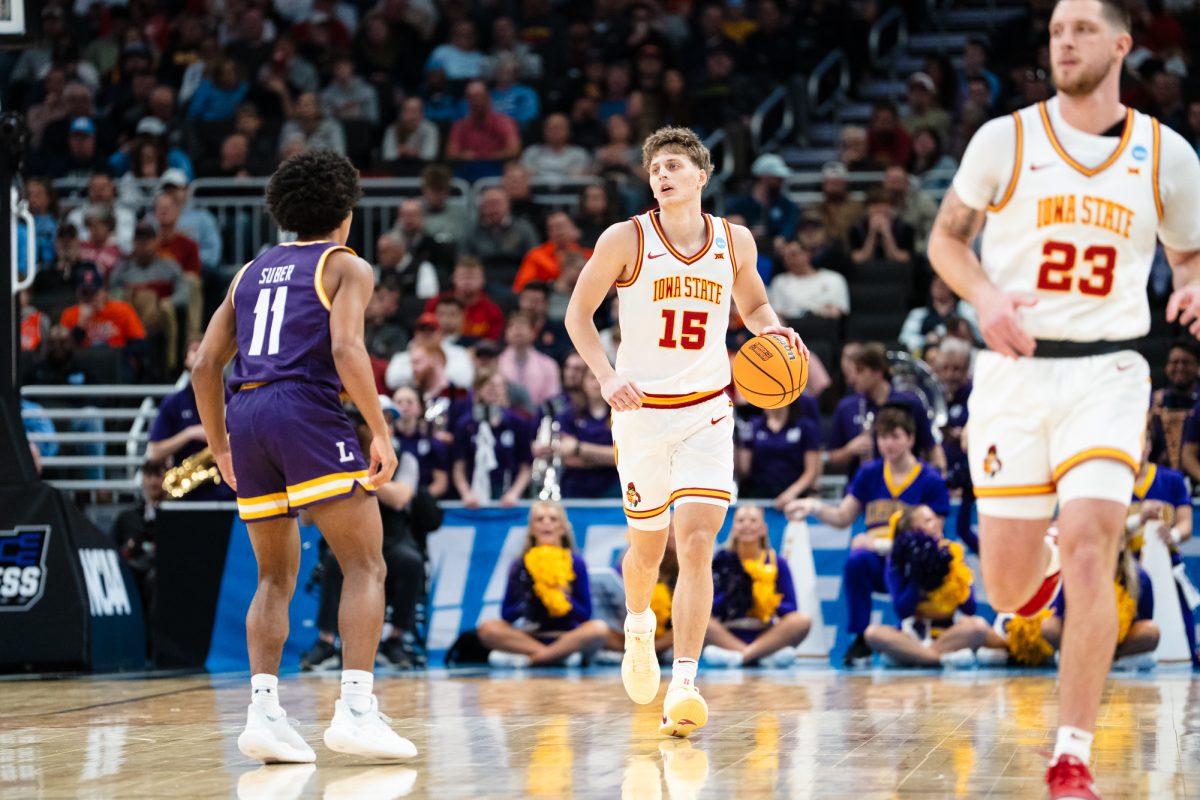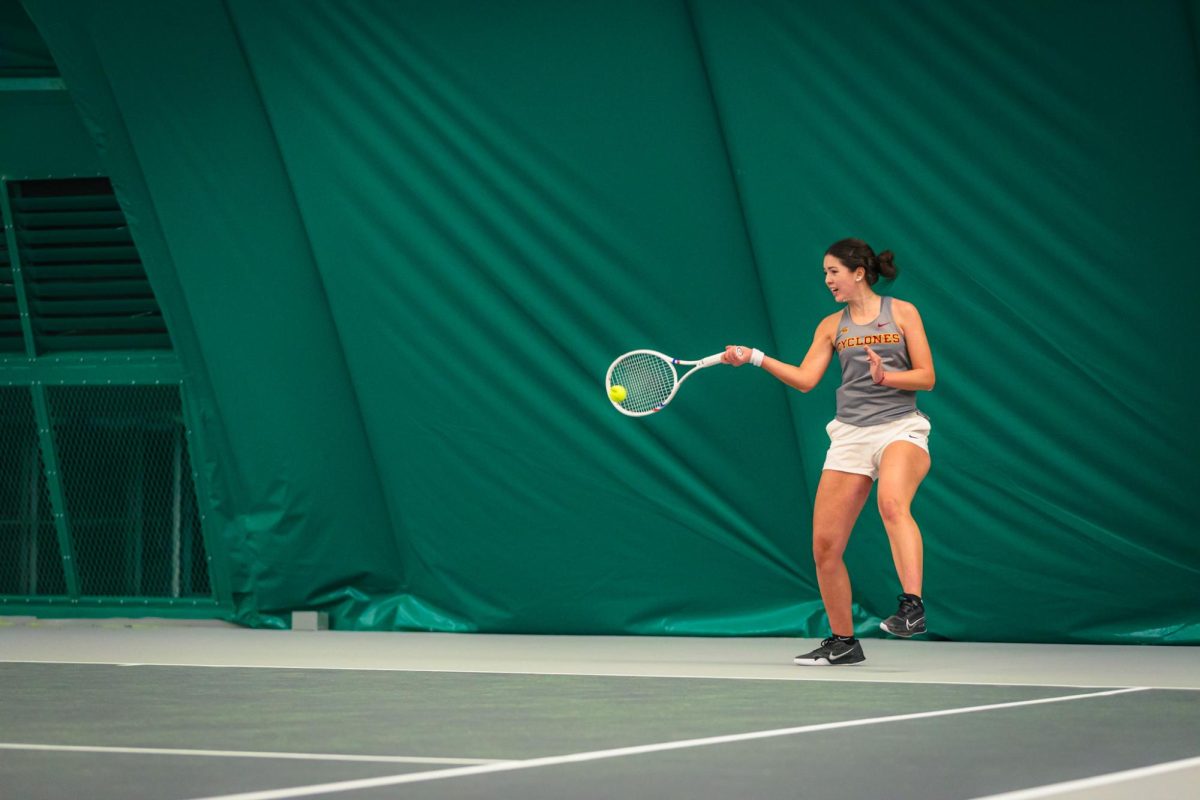Biology program strives to keep streams clean
October 19, 2010
This year the Skunk River Navy made environmental cleanup contributions to the Ames community after the discovery of the oil leakage that took place in Skunk River on Sept. 18 and a sewage leakage on its Oct. 3 trip to Squaw Creek.
Mary Skopec, program coordinator of Iowater, and Erv Klaas, volunteer for Iowater, share concern for the ecological impact that could have progressed more than it had if not for the SRN’s discovery.
“I think it is a serious situation when we have these sewer vane breaks and where raw sewage is spewing into the creek,” Skopec said. “Especially in urban areas where we might have children playing or there might be situations where somebody comes in contact with that water.”
“The danger primarily is that if you ingest the water,” Klaas said. “Say you’re swimming and you accidentally take in water, it could cause some illness, some intestinal problems; or if you got some skin breaks, cuts or scratches on your legs and you go bare legged into the creek, then bacteria can enter through those cuts.”
Not only are there health risks, but serious environmental risks, including the living organisms that usually reside in streams including fish and insects. Skopec worries about the amount of sewage that contaminates the water, which can increase the amount of potentially harmful bacteria, E. coli being one of them.
“E. coli is an indicator of other kinds of bacteria that might be in the water, if it’s coming from a human source particularly,” Klaas said.
Sewage can also choke out the flow of oxygen, which in effect suffocates the fish.
“It really has a negative consequence on the living things in there,” Skopec said. “For example, ammonia is a byproduct of human waste, and that ammonia can be toxic to living things just by coming in contact with it or if the fish ingest it.”
SRN was founded in 1998. In the past 13 years, SRN has completed several achievements including recruiting more 1,000 student volunteers each trip, collecting more than 60 tons of trash and allowing students who aren’t from Ames to connect with the community.
“I think it’s really important what Jim [Colbert, SRN founder] and the SRN has done in not only taking trash out, but creating a new relationship of young people to water resources, and I think people are finding careers as a result to that,” Skopec said. “I think they’re making different decisions on how their daily lives might impact water quality.”
Abigail Neyer and Hilary Wellmen, juniors in biology, volunteered the last three years with the SRN. Both were present among discovering the oil and sewage leakages.
“Everyone was complaining about the smell,” Wellmen said, “I just think it’s really sad that people don’t realize the impact sewage has on our rivers. Our rivers are some of the worst rivers in the country because of farmers. All the fertilizers runs into the river, and so they’re high in phosphates and nitrates, which can be really bad for a lot of aquatic life.”
Wellmen said there was an alarming amount of garbage they have to deal with each trip.
“The last three years I’ve been on, halfway through the trip we fill our canoes with trash and we can’t fill up anymore,” Wellmen said. “It’s really sad that we can’t ever cover the whole stretch because there’s so much trash.”
“I feel like every time we go in there we are helping it because if [trash] is just going to sit there and accumulate more, it’s just going to be worse,” Neyer said.
In retrospect to the SRN, Wellmen feels that the group helps bring awareness to Ames, showing how critical the water supply is.
“There’s a lot of stuff out in the rivers and this is the water we drink, this is the stuff we shower in and we’re putting so much bad stuff into it,” Wellmen said.
Colbert, organizer of SRN and associate professor of ecology, evolution and organismal biology, said the streams running through the city directly impact the city’s water supply.
“Those streams are involved in recharging the aquifers that the city of Ames draws the water out of and is our drinking water,” Colbert said.
The program has contributed little to the 26,000 perennial streams in Iowa, but has contributed massively to the student biology community.
“If you want to do something where you feel like you’ve made a difference in one say, it’s definitely the thing to do,” Neyer said.






